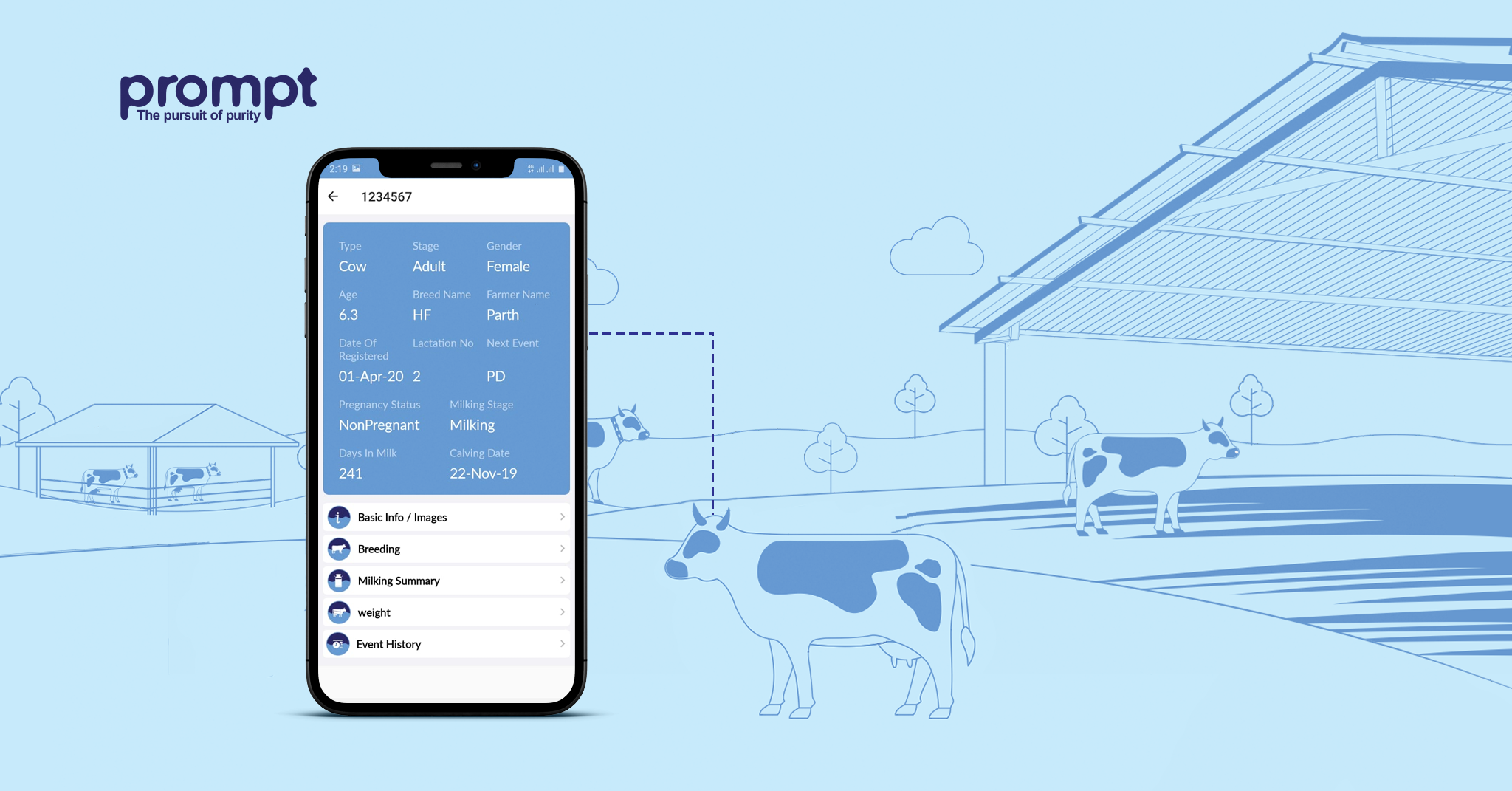A successful lactation promises good health and improved earning. Farmers take this aspect seriously, but somehow lack of knowledge and information becomes a constraint in better early lactation performance. Proper nutrition and good health during early lactation assure good health and performance of the cattle.
One should consider all the necessary points to prevent health problems, and even serve good feed to improve milk yields.But before we start about how to improve peak milk, let’s know about peak milk
Peak milk is considered as a reflection of how well the cow has responded to the care and feed practices during the dry period, calving and early lactation periods.
Peak milk is the highest recorded test day milk production in a cow’s first 150 days in milk (DIM).
It is observed that most cows can reach peak milk by 45 to 90 DIM. But with time, they lose production.
It is observed that poor health and lack of nutrition can affect peak milk. In fact, low dietary fibre feed causes rumen acidosis resulting in displaced abomasum or lameness. Any food disbalances can disturb the peak milk.
So, let us check now ” How can we improve peak milk yield and early lactation performance?”
1) A successful dry period of Cow: Proper nutrition and hygiene management affects the health and performance of cattle. So, think twice before designing a dry cow program if you wish to improve the performance of the cow.
Following are the points one should focus on:
- Proper dry feed intake (28 to 32 pounds per day)
- Skipping overfeeding energy.
- Protecting from body condition score (BCS) gain
- Assuring Comfort
- Maintaining hoof hygiene
2) Protecting from subclinical milk fever :
Take proper precautions and steps to reduce the risk of subclinical milk fever (low blood calcium) in the first week of lactation.
Low blood calcium can cause ketosis, delayed uterine involution, higher somatic cell count, depressed feed intake, metritis and reduced milk yield.
So make sure that blood calcium should be more than 8.0 milligrams deciliter.
3) Proper diet after calving :
- One should serve 10 to 15 gallons of warm water
- Provide fresh nutrient and fibre-rich ration.
- Cater 5 to 10 pounds of grass hay.
- Maintain hygiene of feed bunks
4) Keep your Cattle Comfortable :
- Make your cow comfortable in the healthy cow group.
- Maintain 30 to 36 inches of bunk space per cow.
- Decrease social stress
- Spend more on cow cooling. ( provide proper air conditioning)
5) Rumen health care and check ruminal acidosis:
Serve grass hay for the first five days after calving. The early lactation diet of the cattle should be rich in fibres. Offer free buffer choice and even watch intakes.
Avoid serving slug feed or spoiled fodder to reduce the risk of rumen acidosis.
6. Know your Cow: Check the health of the cow. It is observed that cows having metabolic or health issues are likely to get trapped in it again. So, have a closer watch to prone cows to avoid any future problems.
7) No anti-nutritional factors: Avoid anti-nutritional factors like poorly fermented feed, mould and wild yeast. Feed containing mould can cause health issues.
8) Add Antioxidants: Including antioxidants like vitamin E, selenium etc. decreases the impact of oxidative stress.
Hope that facts mentioned above and points will help you in achieving the desired first lactation performance but still if you are looking for dairy farm management software then check Farm 365 app. This dairy farm management solution will guide you in designing ration and help you in maintaining cattle’s health.



